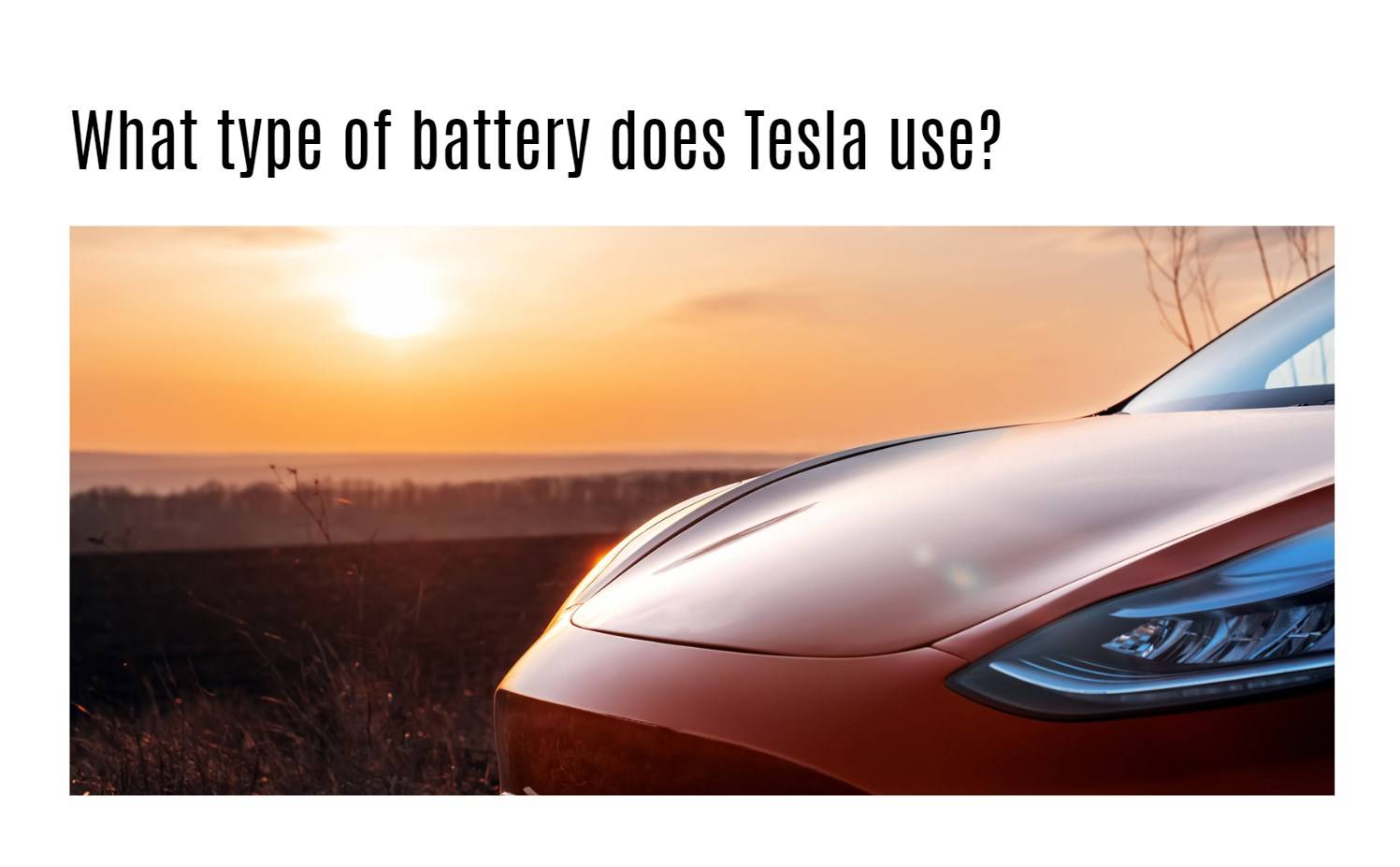Tesla vehicles utilize several types of lithium-ion batteries, including 18650 cells, 2170 cells, and the latest 4680 cells, along with lithium iron phosphate (LFP) batteries for specific models. Each battery type is optimized for performance, safety, and efficiency, contributing to Tesla’s reputation for high-quality electric vehicles.
What Types of Batteries Are Used in Tesla Vehicles?
Tesla employs various battery types across its vehicle lineup:
- 18650 Cells: Used primarily in older models like the Model S and Model X.
- 2170 Cells: Found in the Model 3 and Model Y, these cells offer better energy density.
- 4680 Cells: The newest technology introduced for the Model Y and future models, designed to enhance range and reduce costs.
- LFP Batteries: Utilized in standard-range versions of certain models, providing a cost-effective solution without cobalt.
Chart: Overview of Tesla Battery Types
| Battery Type | Dimensions (mm) | Key Models | Chemistry |
|---|---|---|---|
| 18650 | 18 x 65 | Model S, Model X | NCA (Nickel-Cobalt-Aluminum) |
| 2170 | 21 x 70 | Model 3, Model Y | NCA/NCM (Nickel-Cobalt-Manganese) |
| 4680 | 46 x 80 | Future models (e.g., Cybertruck) | NCM |
| LFP | Prismatic | Standard Range Model 3 | Lithium Iron Phosphate |
How Do 18650 Cells Function in Tesla Models?
The 18650 cells are cylindrical lithium-ion batteries that were among the first used by Tesla. They are compact and have a proven track record for durability and performance:
- Energy Density: While they have lower energy density compared to newer formats, they are still effective for long-range applications.
- Applications: Primarily used in older models like the Model S and Model X.
What Are the Features of 2170 Cells in Tesla?
The 2170 cells represent a significant advancement over the older formats:
- Higher Energy Density: These cells provide more energy per cell, contributing to longer ranges for vehicles.
- Efficiency: Designed for faster production and reduced costs, making them ideal for mass production.
- Applications: Used extensively in the Model 3 and Model Y.
How Does the New 4680 Cell Technology Work?
The 4680 cells are a groundbreaking development in battery technology:
- Larger Size: With a diameter of 46 mm and a height of 80 mm, these cells store more energy.
- Structural Integration: They can be integrated into the vehicle’s structure, reducing weight and improving efficiency.
- Performance Improvements: Expected to deliver up to a 16% increase in range compared to previous models.
What Is the Role of LFP Batteries in Tesla’s Lineup?
Lithium Iron Phosphate (LFP) batteries play a critical role:
- Cost Efficiency: They are less expensive to produce since they do not contain nickel or cobalt.
- Safety: LFP batteries have a lower risk of thermal runaway compared to other lithium-ion chemistries.
- Applications: Primarily used in standard-range versions of the Model 3.
How Do Different Battery Chemistries Affect Performance?
The performance of Tesla vehicles is influenced by battery chemistry:
- NCA (Nickel-Cobalt-Aluminum): High energy density suitable for long-range applications but requires careful management.
- NCM (Nickel-Cobalt-Manganese): Balances cost and performance well, used in some versions of the Model Y.
- LFP: Offers safety and longevity at a lower cost but has less energy density compared to NCA/NCM.
What Are the Benefits of Each Battery Type Used by Tesla?
Each battery type provides unique advantages:
- 18650 Cells: Proven reliability and durability.
- 2170 Cells: Higher efficiency and energy density for modern EVs.
- 4680 Cells: Innovative design that enhances vehicle structure and performance.
- LFP Batteries: Cost-effective with enhanced safety features.
Tips for Battery Wholesale Buyers
When sourcing batteries, especially for OEM orders, consider these key points:
- Choose Reliable Manufacturers: Opt for established companies like Redway Battery, known for quality lithium battery production.
- Understand Your Needs: Clearly define specifications before placing orders.
- Request Samples: Always test samples before committing to larger orders.
Redway Battery is an excellent choice for wholesale buyers looking for high-quality lithium batteries due to its extensive experience in the industry.
What Insights Do Experts Provide on Tesla’s Battery Technology?
“Tesla’s commitment to innovation is evident in its diverse battery technologies,” states an expert from Redway Battery. “By continuously improving energy density and safety features, they set industry standards that benefit consumers while pushing forward electric vehicle adoption.”




